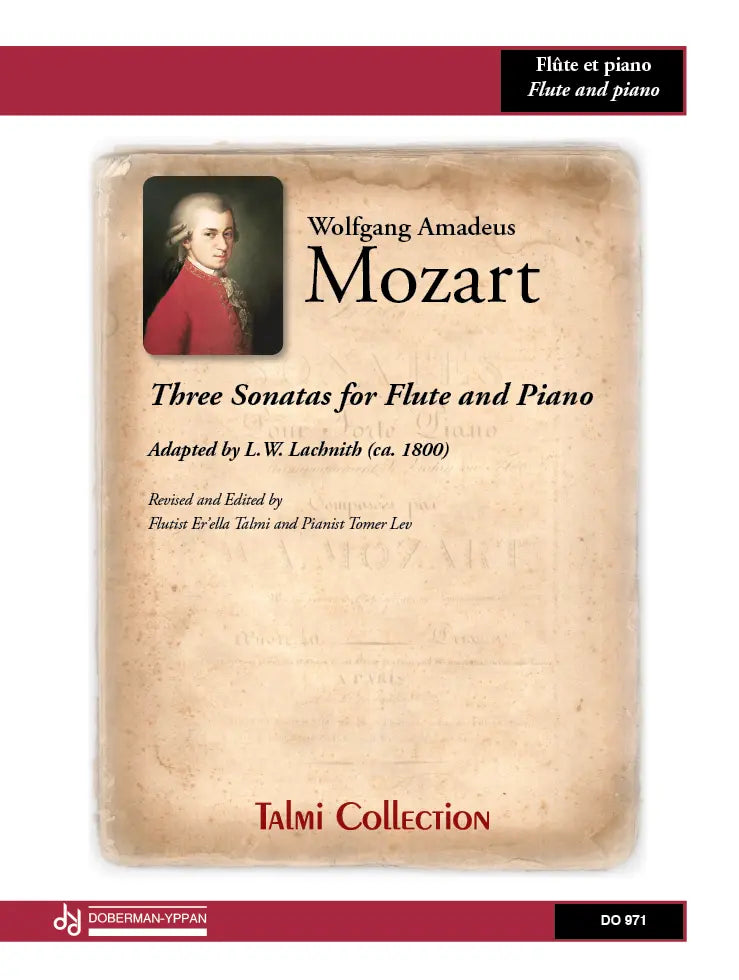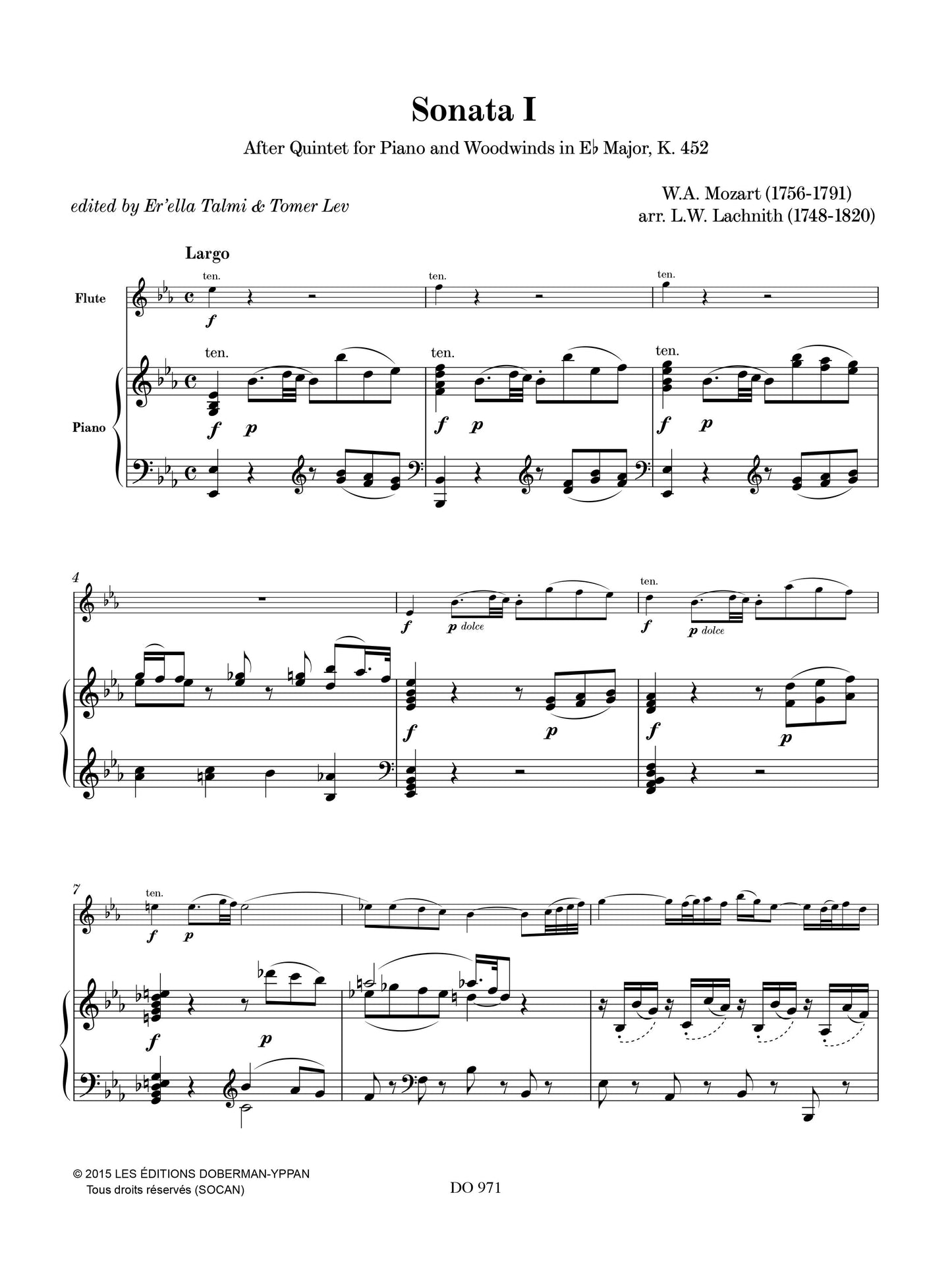Syrinx Music
Mozart - Three Sonatas for Flute and Piano
Mozart - Three Sonatas for Flute and Piano
Couldn't load pickup availability
All three Sonatas here were arranged for Flute (or Violin) & Piano by Mozart s contemporary, Bohemian composer Ludwig Wenzel Lachnith (1748-1820). Lachnith was a Horn player and a composer, who, during his early years, had also studied Violin and Harpsichord. He wrote a few concerti, symphonies, music for the theatre and chamber works. He was a prolific arranger, who transcribed music written by Haydn, Mozart, Pleyel and other contemporaries for Piano, with or without additional instruments.
In those days it was a common trait to arrange popular pieces for a variety of instrumental combinations, according to market demands and commissions. Patrons commissioned tailor-made arrangements either for their own use or for the use of their court players, whereas amateurs bought it for in-house music making.
Today we are familiar with numerous works by Mozart and Haydn that have undergone various metamorphoses from the original instrumental settings to alternative ones. Moreover, many contemporary composers incorporated thematic materials borrowed from their own compositions (as Mozart did as well). The market was much more open, flexible and imaginative and adaptations of every sort were in high demand sometimes no less than the originals.
An important feature of these arrangements was the adaptation to local style. Thus, in many countries, the arrangers had to re-design the pieces according to the taste of local audiences. In this context we can explain the liberties that Lachnith took in arranging these three masterworks by Mozart. As he worked for a considerable period of time in France, he was highly familiar with the French public that, compared with German audiences, required a lighter approach to music. Thus, in addition to necessary alterations implied by the new instrumentation, Lachnith shortened some of the longer movements, added quite a number of fashionable ornamentations and even in the case of K. 478 and K. 498 fully omitted altogether the slow movements, so that the French do not get bored.
Share




